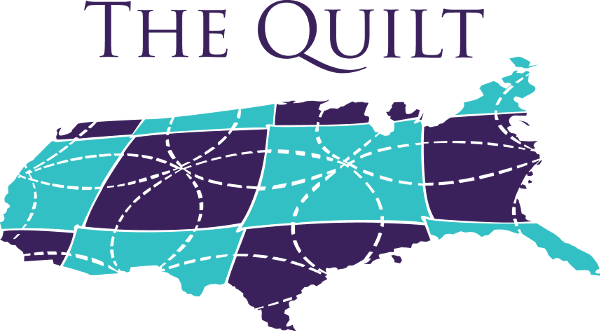The Federal Communications Commission (FCC) is proposing a more direct way to boost funding to E-Rate.
FCC Chairman Tom Wheeler said on Wednesday that he wants a 62 percent, or $1.5 billion, increase on the cap that the agency can spend to bring Internet to schools (from $2.4 billion to $3.9 billion).
The White House called the FCC proposal to raise the E-Rate cap an “essential step” in the ConnectED initiative.
There’s a cost to the FCC’s proposal, of course; consumers and businesses could pay up to an additional 16 cents per phone line per month as part of the Universal Service Fund fee on their phone bills. That cost currently is a monthly fee of 99 cents for each phone line.
In June 2013, President Barack Obama made a trip to North Carolina to formally announce ConnectED, which included calling on the FCC to spur high-speed connectivity to schools.
“Since that time, the FCC has taken steps to modernize the E-Rate program to support high-speed connectivity for America’s schools and libraries,” a White House spokesperson said this week, citing the FCC’s action in February of this year to begin the expansion a “$2 billion down payment on the President’s ConnectED goals.
The FCC adopted an order in July to make the program more efficient and transparent so that schools get the most “bang for their E-Rate buck.” At the same time, the FCC also is moving to close the Wi-Fi gap by targeting $1 billion annually to expand Wi-Fi connections in all the nation’s schools and libraries to support modern digital learning.
The Quilt submitted ex-parte comments last week and followed up with in-person meetings with FCC Commissioners and staff to discuss further action. Among the items in our submitted comments, we were pleased with several of the changes made in the July E-Rate Modernization Order, especially the decisions to make more funding available for internal connections (Wi-Fi equipment) and to promote consortia.
The Quilt has long pointed out that it is inefficient and ineffective to bring high-capacity broadband to the building if there is insufficient capacity within the classroom or library building. Now that the FCC has given greater priority to making funding available for Category 2 equipment inside the building, it is proper for the commission to focus its next decision on how to incentivize the build-out of additional broadband capacity to the building.
According to EducationSuperHighway, 63 percent of schools lack the proper Internet infrastructure to support digital learning. The Wireline Competition Bureau and Office of Strategic Planning and Policy Analysis released an E-Rate Data Update this week summarizing the information the FCC has received since the July E-Rate Modernization Order.
This fact sheet also provides a succinct description of the Internet connectivity gaps and Chairman Wheeler’s proposal to adjust the spending cap to a level that will enable long-term E-Rate connectivity targets to be met. The order the chairman circulated this week also will propose a series of targeted rule changes designed to ensure that the nation’s students and life-long learners can get the 21st century education required to keep the nation globally competitive.
A vote on the proposal is expected by the commission on Dec. 11.
